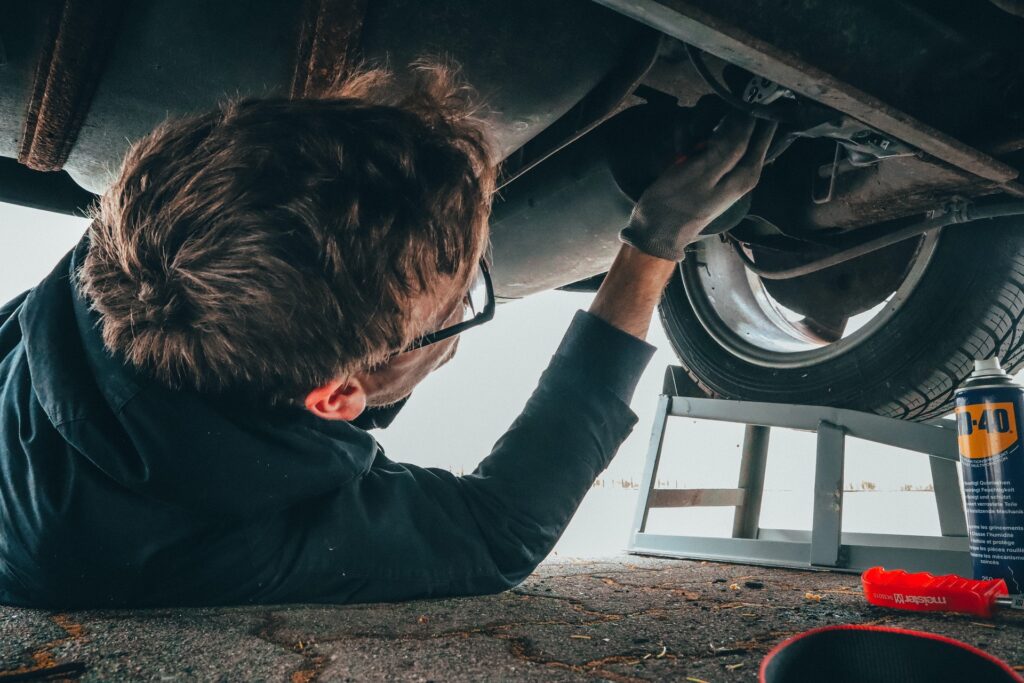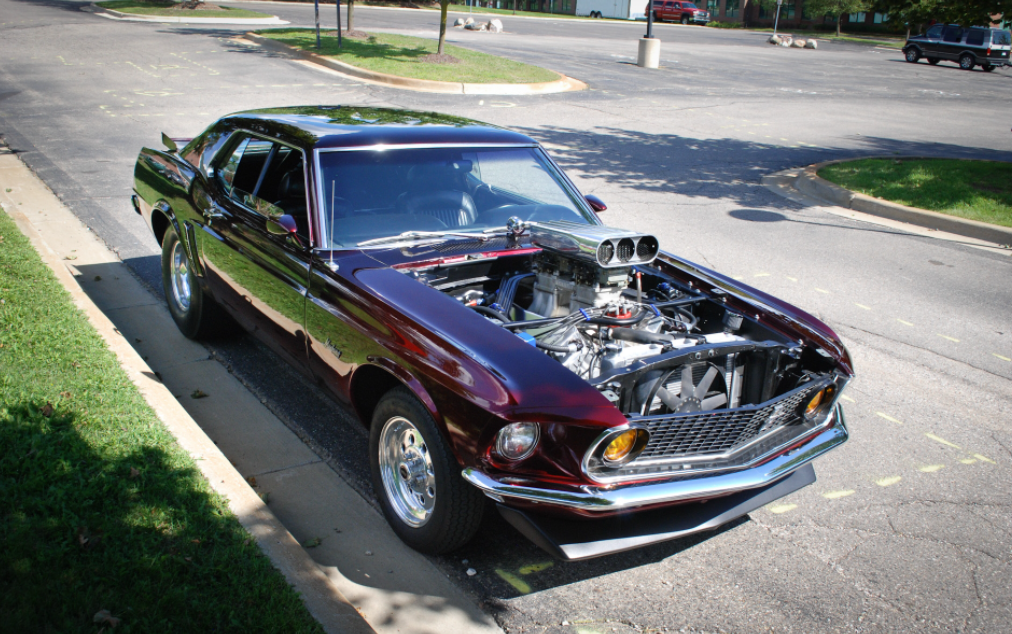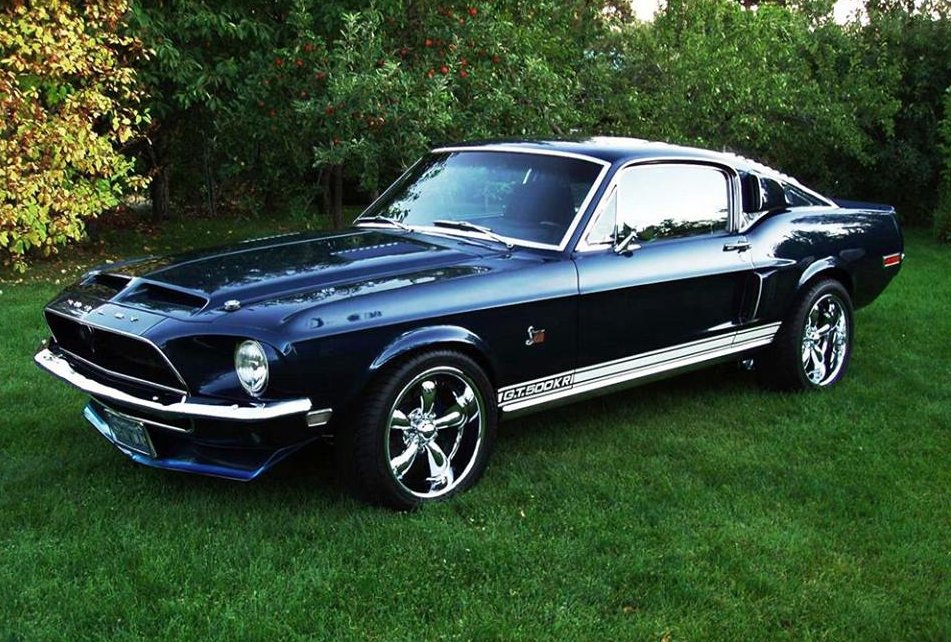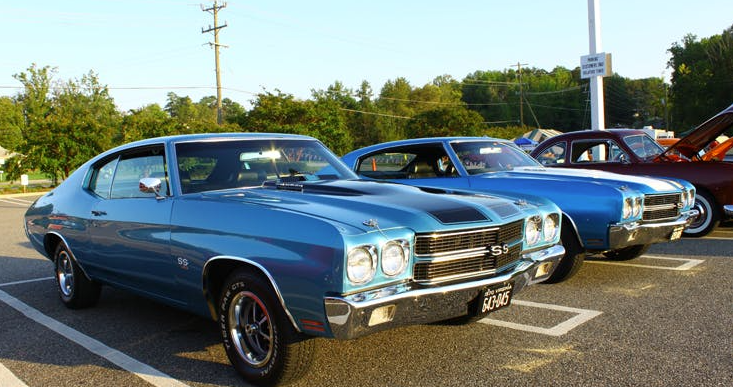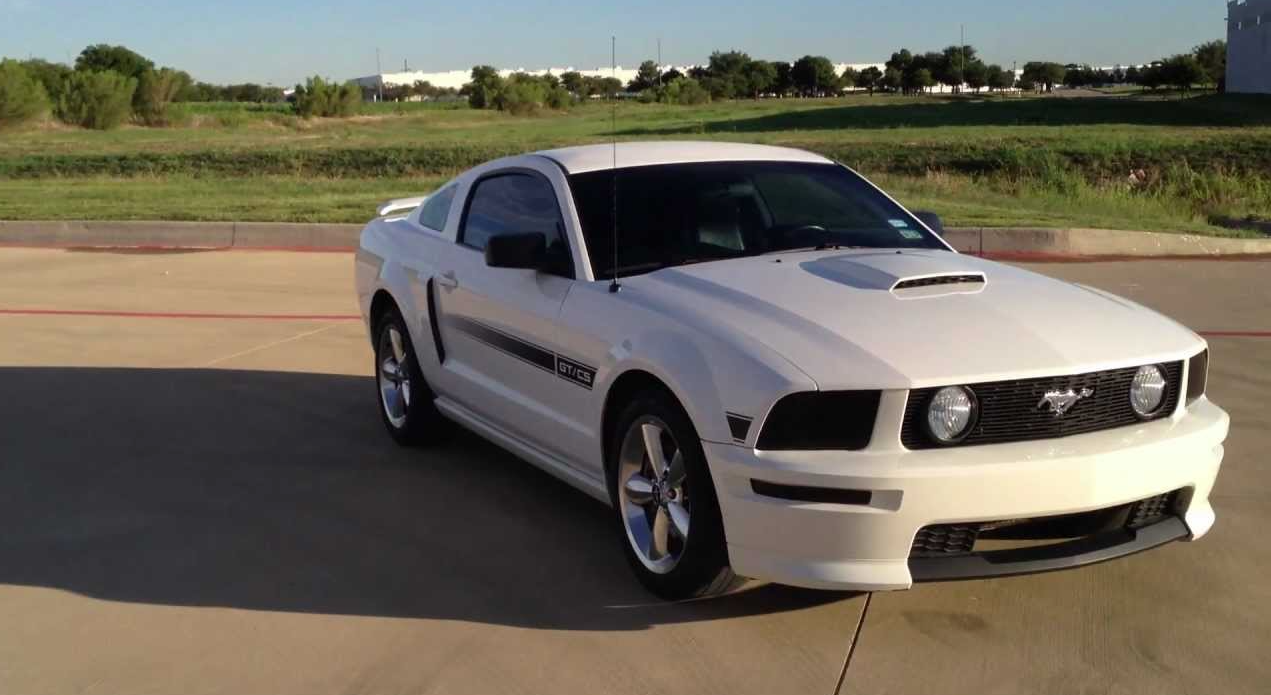In the age of self-help and DIY culture, having a foundational understanding of your vehicle isn’t just for mechanics – it’s for anyone with keys to the ignition. Although intricate, cars often present recurring problems; many of us can learn to diagnose and fix them. The advantages of DIY troubleshooting are manifold. It can lead to significant cost savings by avoiding unnecessary trips to the mechanic and fosters a deeper understanding and connection to your vehicle, empowering you to make informed decisions about its care and maintenance. However, while the journey of automotive self-discovery is rewarding, there are moments when professional intervention becomes a necessity.
Enter the era of mobile mechanics: professionals who bring the workshop to your driveway, ensuring your vehicle gets the expert attention it deserves without the hassle of towing or prolonged garage stays. Whether you’re looking to dive deep into the intricacies of car problems or simply wish to recognize when to call in the cavalry, this guide is for you. Let’s shift gears and embark on this enlightening journey together.

Basic Tools and Safety Precautions
Before diving into car diagnostics, it’s imperative to be equipped with the right tools and a robust knowledge of safety precautions. It’s akin to a doctor having their stethoscope or a chef their knife – tools are extensions of one’s intention to rectify.
Every car owner should have a set of basic tools, whether a budding DIY enthusiast or just someone looking to understand their vehicle better. This includes:
- A good quality jack and jack stands for safely elevating the car.
- A wrench set: Both standard and metric sizes can prove invaluable.
- Screwdrivers: Flathead and Phillips, in various sizes.
- Pliers: Regular, needle-nose, and wire-cutting.
- An automotive multimeter for electrical diagnostics.
- A flashlight or headlamp, ensuring you’re never working in the dark.
This list isn’t exhaustive but provides a solid foundation for most minor troubleshooting tasks.
Cars, even when stationary, pose risks. Therefore, always prioritise safety. Wear gloves to protect your hands from cuts, burns, and chemicals. Safety goggles shield your eyes from flying debris, especially underneath the car. Always ensure you’re working in a well-ventilated space, particularly when dealing with car fluids or batteries that emit harmful gases.
If you use a jack to elevate your car, always use jack stands as a secondary support. A failing jack can lead to tragic accidents, so double-check your setup before getting under any vehicle.
This step is golden, especially when you’re working on anything electrical. The car battery, with its capability to deliver high current, can pose serious risks. Disconnecting eliminates the chance of electrical shorts or accidental engagements, like the car starting up unexpectedly. Remember to disconnect the negative terminal first to prevent accidental short circuits.
Recognizing the Signs of Trouble
Your car, much like any living being, has its way of communicating discomfort or distress. It’s crucial to pay attention to these signs for the vehicle’s health and your safety and those on the road with you.
Odd Noises:
Cars are designed to operate smoothly, and any unusual noise often signals a problem. A squeaking or squealing might point towards worn-out brake pads or a problematic belt. Grinding noises, especially during shifts or turns, could indicate transmission issues or problems with the wheel bearings. Knocking sounds from the engine compartment? That’s usually a sign of internal engine issues, potentially with the pistons or the combustion process.
Warning Lights on the Dashboard:
Modern cars come equipped with an array of sensors and warning systems. If a light pops up on your dashboard, don’t ignore it. Each symbol corresponds to a specific problem, from low oil levels and brake system warnings to engine issues and battery malfunctions.
Unusual Odours or Visible Smoke:
Smell something burning? It could be a slipping clutch or a malfunctioning electrical system. A sweet odour might point to a coolant leak. Any smoke – be it blue, white, or black – coming from the exhaust or under the hood should be addressed immediately. While the reasons vary, smoking is never a good sign.
Changes in Driving Behavior:
If your once-smooth ride now feels like a jerky roller coaster, it’s time to investigate. Stalling, unexpected jerking, or a noticeable dip in fuel efficiency could be signs of issues ranging from spark plug problems and clogged fuel lines to bigger concerns like transmission malfunctions.
Troubleshooting Common Issues
Cars, though meticulously designed and engineered, are not immune to problems. Here’s how to troubleshoot some of the most common issues:
Engine Won’t Start:
One of the most disheartening experiences is turning the key, only to be met with silence. Before panic sets in, consider these potential culprits:
- Checking the Battery: Often, the issue is as simple as a dead battery. Corroded terminals, an old battery, or one drained by leaving lights on can all lead to this problem. Use a voltmeter to measure the battery’s voltage. Anything below 12.4 volts typically needs a charge or replacement.
- Inspecting the Ignition Switch: The ignition switch might be at fault if the battery seems fine. Turn the key to the “on” position and check if the dashboard lights illuminate. If not, the switch may need replacing.
- Starter Motor Issues: A clicking sound when trying to start often points to a faulty starter motor. You might need a replacement, but ensure the starter’s electrical connections are secure.
- Fuel System Checks: A car needs fuel to start. Ensure there’s enough fuel in the tank. If so, the fuel pump or injectors might be malfunctioning.
Overheating Engine:
An overheating engine can lead to significant damage if not addressed. Here’s what to check:
- Inspecting the Radiator and Coolant: A leak in the radiator or insufficient coolant can lead to overheating. Regularly check coolant levels and ensure no visible damage to the radiator.
- Thermostat Checks: A faulty thermostat can prevent coolant from circulating, leading to overheating. If the upper radiator hose gets too hot compared to the lower one, your thermostat might be to blame.
- Water Pump and Belt Problems: The water pump circulates the coolant. If it’s malfunctioning or the belt driving it is worn out or broken, your engine can overheat.
Poor Fuel Efficiency:
If you find yourself filling up more frequently without an increase in mileage, consider the following:
- Dirty or Clogged Air Filters: A dirty air filter restricts airflow to the engine, affecting performance and fuel efficiency. Regularly replace or clean the filters.
- Issues with the Fuel Injectors: Clogged or malfunctioning fuel injectors can reduce fuel efficiency. Use a quality fuel injector cleaner, or consider professional cleaning.
- Checking the Tire Pressure: Under-inflated tires increase rolling resistance, making the engine work harder. Check and maintain recommended tire pressures.
Brake Problems:
Brakes are vital for safety. If they’re acting up:
- Worn-out Brake Pads: If your brakes screech or take longer to bring your car to a stop, the pads might be worn out. Inspect and replace if needed.
- Brake Fluid Level Checks: Low brake fluid can affect braking efficiency. Check the levels and top up with the recommended fluid if needed.
- Inspecting Brake Lines and Hoses: Leaks or air in the brake lines can reduce braking power. Inspect the lines and hoses for any visible damages.
Electrical Issues:
With modern cars relying heavily on electronics, electrical issues can be daunting, but consider these common problems:
- Fuses and Relay Checks: A blown fuse or a malfunctioning relay can lead to various electrical problems. Consult your car’s manual and check the fuse box for blown fuses. Replace if needed.
- Alternator and Battery Inspection: The alternator might be the culprit if your battery keeps dying or your lights dim while driving. Use a voltmeter to check the alternator’s output.
- Wiring Issues: Damaged or frayed wiring can lead to shorts and malfunctions. Regularly inspect visible wiring and ensure all connections are secure.
The Role of Mobile Mechanics
In the age of convenience, even car repair has seen significant innovations. One such advancement is the rise of mobile mechanics.

Mobile mechanics are professional auto technicians who come to your location, be it your home, workplace, or even a parking lot, to fix your vehicle. Gone are the days of waiting in line at the auto shop or arranging for a tow truck when your car breaks down on the road.
Benefits:
- Convenience: No need to take time out of your busy day to visit a workshop. The workshop comes to you!
- On-the-spot Troubleshooting: If you’re stranded due to a sudden breakdown, a Brisbane mobile mechanic can diagnose and often fix the issue immediately, saving you the hassle and cost of a tow.
- No Need for Towing: Many minor issues can be resolved promptly, negating the need for costly and inconvenient towing services.
When to Call a Mobile Mechanic Over Traditional Workshops:
While mobile mechanics are a boon, they might not be the right choice for extensive repairs that require specialised equipment. They’re perfect for routine maintenance, minor repairs, or emergency breakdowns. However, a traditional workshop might be more appropriate for more involved tasks like full engine rebuilds or detailed diagnostics.
Tips for Successful DIY Troubleshooting:
Diving into the world of car repairs can be intimidating, but with a few guiding principles, the journey becomes smoother.
- Always Consult the Car’s Manual: Your car’s manual is a treasure trove of information. Whether you’re looking up warning lights or figuring out your car’s ideal tire pressure, the answer is often there.
- Understand Your Limits: It’s commendable to take initiative but recognize when a problem is beyond your expertise. Misdiagnosing or implementing the wrong fix can lead to costlier problems.
- Regular Maintenance is Key: An ounce of prevention is worth a pound of cure. Routine checks and maintenance can prevent many common car issues. You can often prevent minor issues from escalating into major problems by addressing them early.
- Join Online Forums or Communities: Numerous online communities are dedicated to specific car models, brands, or general auto repair. These can be invaluable resources, offering advice, tutorials, and support from fellow enthusiasts and professionals alike.
As vehicles continue to be an integral part of our lives, understanding their language and nuances is more than just a handy skill—it’s necessary. Equipping yourself with basic troubleshooting knowledge saves money and provides a sense of empowerment, knowing you’re not entirely at the mercy of unexpected car troubles. However, it’s equally crucial to acknowledge when professional intervention is required. In this context, the emergence of mobile mechanics has been a game-changer, merging expertise with unparalleled convenience in our fast-paced world. Whether tightening a bolt or calling in the experts, here’s to safe, smooth, and empowered journeys ahead!…



